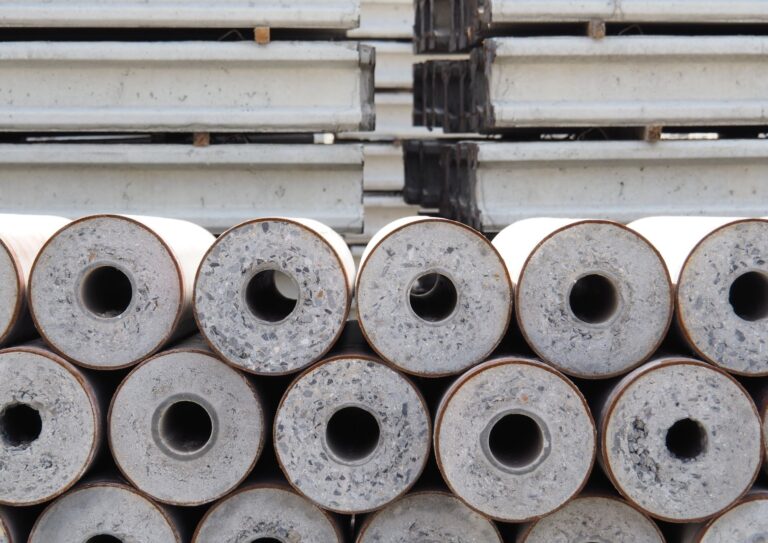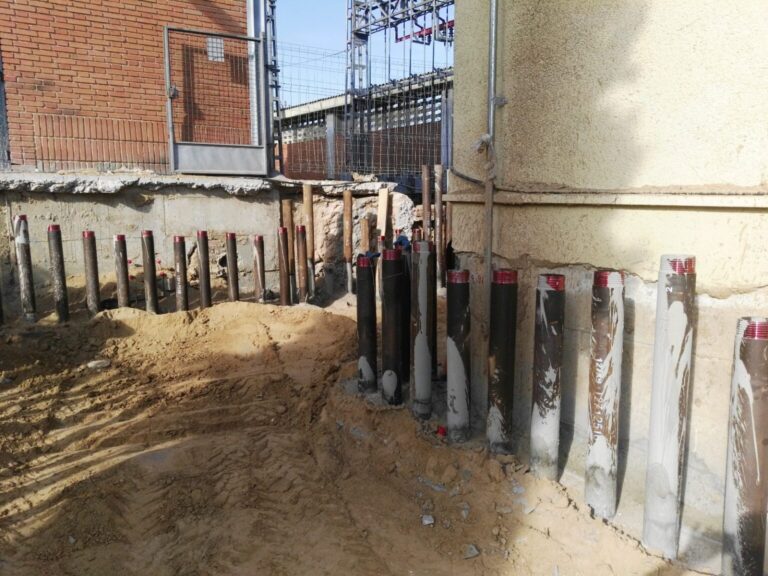Importance of soil study and its impact on the design of Micropiles
The design and implementation of micropiles in construction projects require a deep understanding of the geotechnical conditions of the soil. This analysis is crucial to ensure the stability and safety of the structure to be supported.
In this article, we will explore the importance of soil survey, how soil conditions affect the design of micropiles and the geotechnical analysis and evaluation methods used in this process.
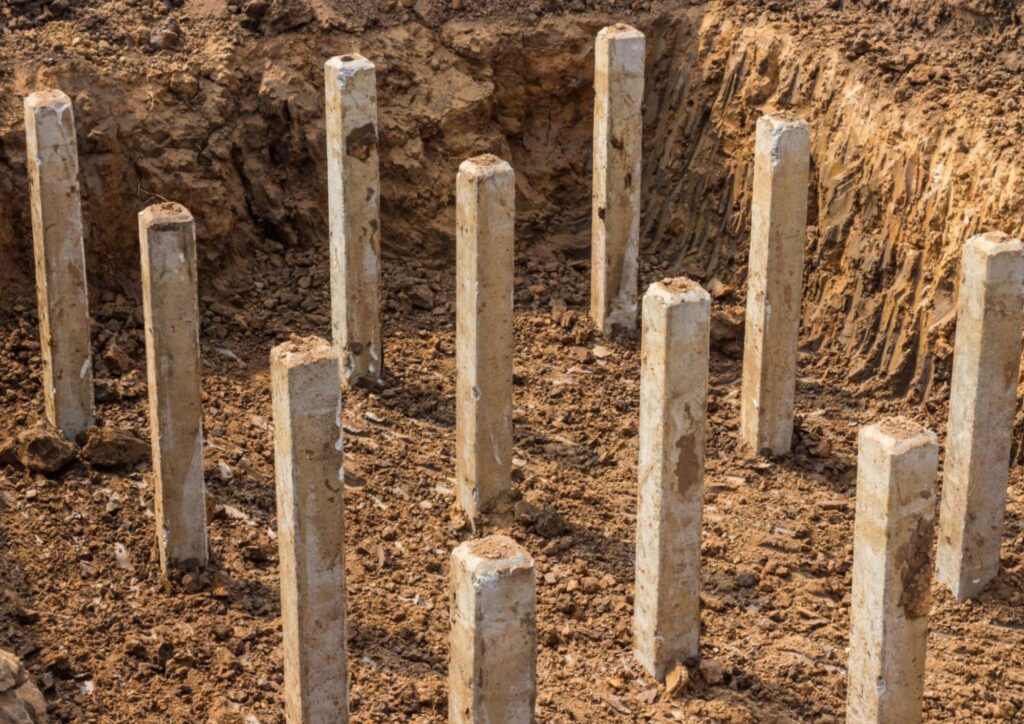
Importance of soil study
The study of the soil is the first fundamental step in any construction project that involves micropiles. This analysis allows engineers to understand the physical and chemical characteristics of the soil, which directly influences the design and execution of deep foundations. A comprehensive soil study includes evaluation of bearing capacity, cohesion, angle of internal friction, and the presence of groundwater.
An adequate geotechnical analysis helps to identify possible problems such as expansive soils, collapsible soils or the presence of organic materials that could compromise the stability of the soils. micropiles. Additionally, it provides critical data on the depth at which micropiles should be installed to achieve more competent soil layers and ensure adequate bearing capacity.
How soil conditions affect micropile design
Soil conditions play a vital role in the design of the micropiles. Depending on soil characteristics, engineers must adjust various aspects of the design, including length, diameter, and type of micropile to use.
- Soil bearing capacity: The bearing capacity of soil determines the amount of load that the soil can withstand without failure. In soils with low load capacity, it is necessary to design micropiles longer or use a greater number of micropiles to distribute the load safely.
- Presence of groundwater: The presence of groundwater can affect the integrity of the micropiles. In saturated soils, the use of special techniques, such as grout injection, may be required to improve soil strength and prevent corrosion problems in steel micropiles.
- Soil stratification: Variability in soil stratification can influence the choice of soil type. micropile. For example, in soils with alternating layers of hard and soft materials, you can use micropiles with variable diameters or combinations of materials (steel and concrete) to ensure adequate penetration and support.
- Problematic soils: In the presence of expansive soils or collapsible soils, additional precautions must be taken. The micropiles They can be designed with special coatings or stabilization techniques to mitigate the adverse effects of these soil types.
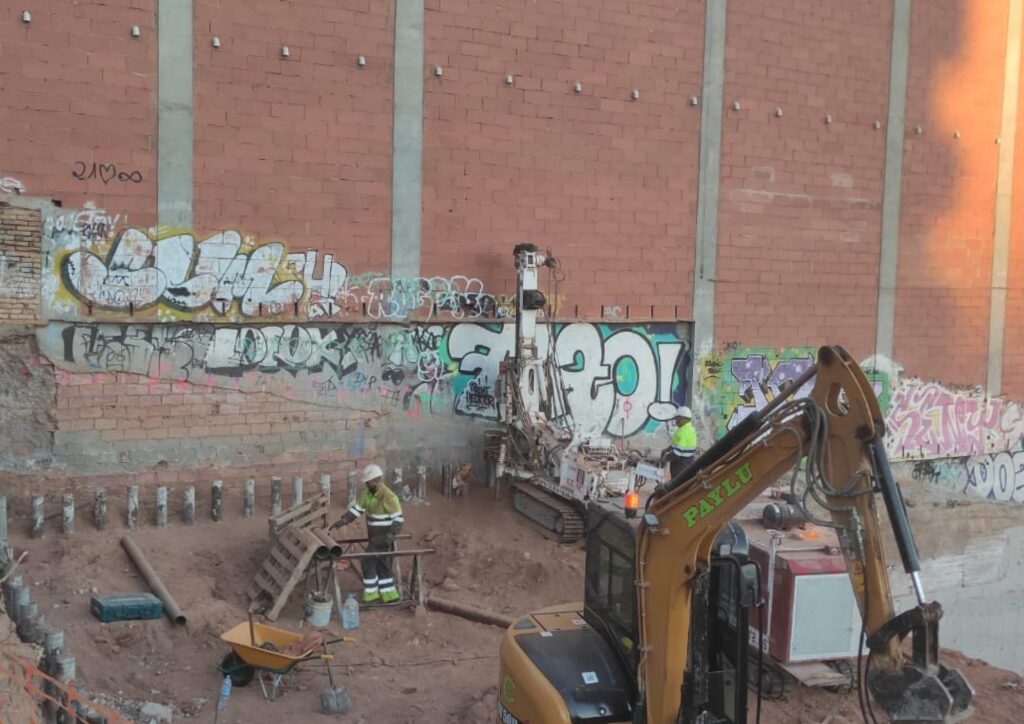
Geotechnical analysis and evaluation methods
To design micropiles Effectively, a rigorous geotechnical analysis is essential. The most common methods include:
- Standard Penetration Tests (SPT): This method involves hitting a standard sampling tube into the ground with a hammer and measuring the resistance to penetration. The data obtained provides information on the density and consistency of the soil.
- Cone Penetration Testing (CPT): Similar to SPT, CPT involves inserting an instrumented cone into the soil to measure penetration resistance and lateral friction. This method provides a detailed profile of the soil in terms of strength and deformation characteristics.
- Direct shear and triaxial tests: These laboratory tests are used to determine the shear resistance properties of the soil. The results help to evaluate the stability of the soil under applied loads and to design micropiles that can safely support these loads.
- Permeability tests: The evaluation of soil permeability is crucial to understand the behavior of groundwater and its impact on soils. micropiles. Tests such as the constant head permeameter and variable head permeameter help determine the soil's ability to transmit water.
- Numerical modeling: The use of geotechnical modeling software allows simulating the behavior of the soil and the micropiles under various loading conditions. These tools help optimize the design and predict the long-term performance of micropiles.
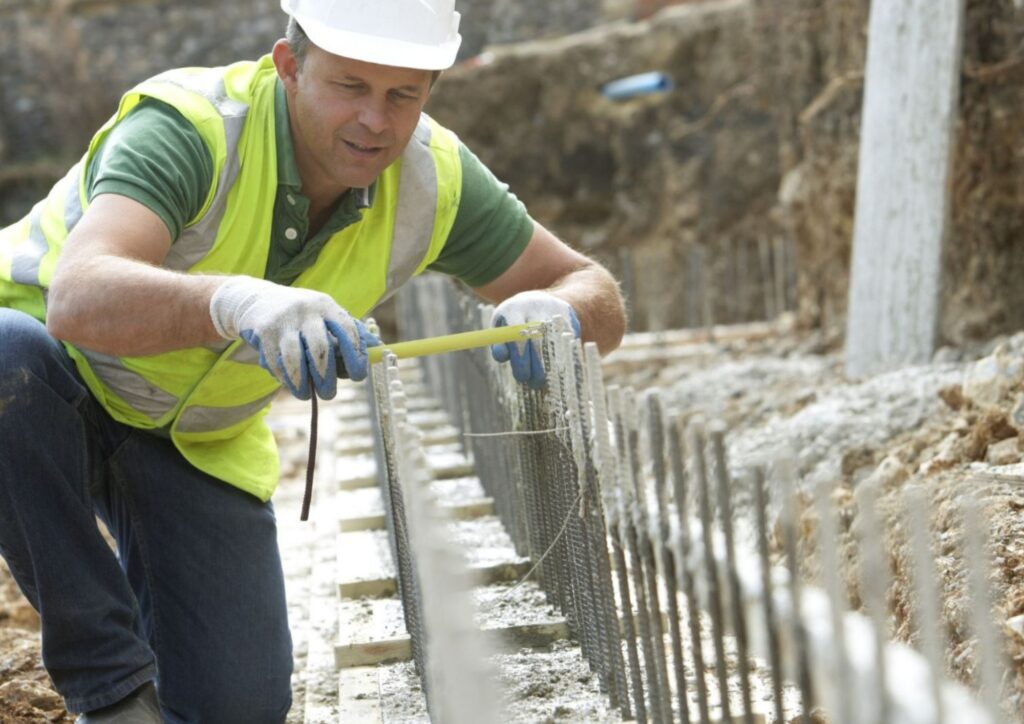
The design of micropiles It is a complex process that requires a deep understanding of the geotechnical conditions of the site. A thorough soil survey and the use of advanced geotechnical analysis and evaluation methods are essential to ensure the safety and effectiveness of micropiles in any construction project.
By carefully considering soil properties and adjusting micropile design accordingly, engineers can achieve durable and reliable foundation solutions.


